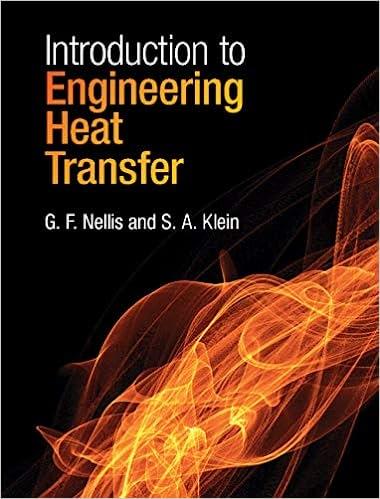Answered step by step
Verified Expert Solution
Question
1 Approved Answer
A bioreactor hosts a genetically improved cell strain of B . lactofermentum to convert glucose to glutamic acid ( C 5 H 9 N O
A bioreactor hosts a genetically improved cell strain of lactofermentum to convert glucose to glutamic acid for production of MSG
and other products. The cells metabolize glucose according to the following balanced reaction:
The liquidphase inlet stream contains water and glucose; the mass fraction of glucose is The liquid phase inlet flow rate is The
liquid flow rate of the unreacted glucose is Ammonia and oxygen enters in a separate gas phase stream. Carbon dioxide as well as excess
ammonia and oxygen leave in a second gas phase product stream.
The system is operated continuously, and reaction products and excess reactants are removed such that no accumulation occurs. The inlet and
outlet streams are at ; in addition, the reactor is operated at
Calculate the fractional conversion of glucose.
a Using standard heats of combustion values, find the standard heat of reaction, in Is the reaction exothermic or endothermic?
b What rate of heat should be added or removed from the system to maintain the bioreactor at a steady temperature. Report your answer in
State the direction of heat transfer.
c After leaving the device, the liquid product stream that contains water, glutamic acid, and excess glucose all at is sent to a chiller. The
purpose of the chiller is to cool the three compounds from to The chiller operates as an open, steadystate system, with compounds
leaving the chiller at Work is added to the chiller at a rate of
d Calculate the rate of energy required to cool all the liquid phase compounds. Assume the heat capacity of glutamic acid is and the
heat capacity of glucose is

Step by Step Solution
There are 3 Steps involved in it
Step: 1

Get Instant Access to Expert-Tailored Solutions
See step-by-step solutions with expert insights and AI powered tools for academic success
Step: 2

Step: 3

Ace Your Homework with AI
Get the answers you need in no time with our AI-driven, step-by-step assistance
Get Started


